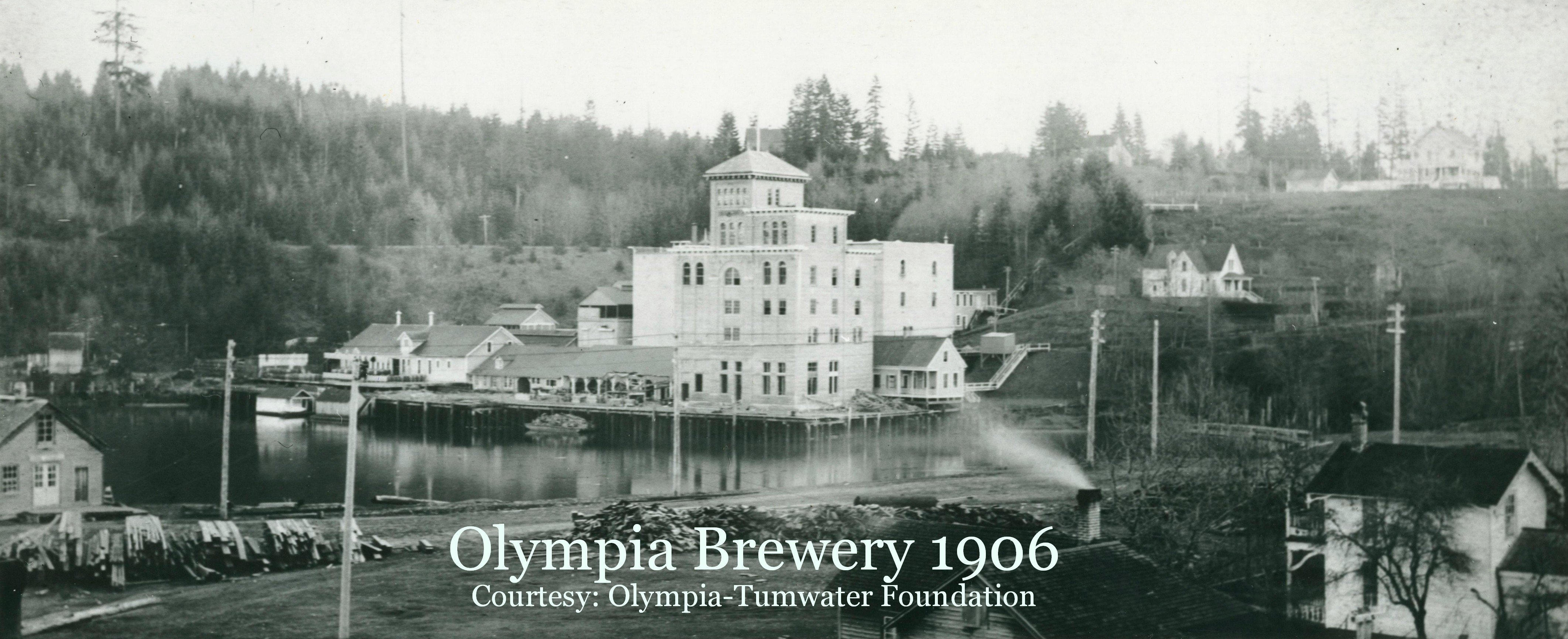I brew mostly ales, mostly because I prefer them, but also because my equipment for cooling beer is limited. Yet sometimes I'll make an amber lager when winter temperatures bring my basement down to the low 50s Fahrenheit. I don't attempt pale lagers because I figure they won't be as good without refrigerated lagering.
Yet I wonder what traditional pale lagers aged without ice or refrigeration tasted like. Of course Pilsner Urquell was once lagered in caves. And I read that old lagering caves still exist underneath New York City, and were used even after refrigeration was introduced in the 1870s. How was the taste of those adjunct-laden American lagers influenced by the lack of cold lagering?
It's not a beer style I'd really want to replicate, but I'm curious because pale American lager with lots of adjuncts is considered one of the more difficult homebrew styles- any technical shortcoming is said to mar the desired clean flavor.
Yet I wonder what traditional pale lagers aged without ice or refrigeration tasted like. Of course Pilsner Urquell was once lagered in caves. And I read that old lagering caves still exist underneath New York City, and were used even after refrigeration was introduced in the 1870s. How was the taste of those adjunct-laden American lagers influenced by the lack of cold lagering?
It's not a beer style I'd really want to replicate, but I'm curious because pale American lager with lots of adjuncts is considered one of the more difficult homebrew styles- any technical shortcoming is said to mar the desired clean flavor.





![Craft A Brew - Safale S-04 Dry Yeast - Fermentis - English Ale Dry Yeast - For English and American Ales and Hard Apple Ciders - Ingredients for Home Brewing - Beer Making Supplies - [1 Pack]](https://m.media-amazon.com/images/I/41fVGNh6JfL._SL500_.jpg)





















































